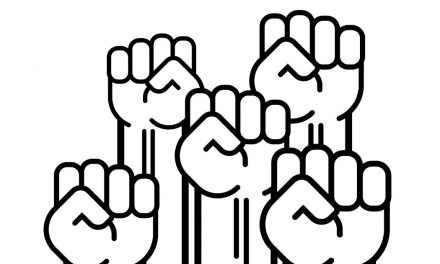By Steve Moran
To a greater or lesser degree, every decision we make is a risk-reward decision. Big ones like whether or not to purchase a house, what career to pick, where to invest your money are obvious. But this is even true with little things: do I go for a walk or watch a movie or what snack do I choose to eat or do I choose not to eat a snack at all.
It exists in nearly every aspect of senior living and very little of it has to do with money.
Team Members Reward Equation
We are seeing it play out with team members every day. They make a decision whether or not to come to work; whether or not to limit their activity outside of work; whether or not to pick up extra shifts. As I have been talking to operators around the country some have told me amazing stories about how overtime and call-offs are down and that team members are going to extraordinary lengths to take care of each other.
Others have told frustrating tales of higher levels of call-offs and an unwillingness to take on what they perceive as too much risk. While each situation is unique, it would suggest that some team members see their work environments as riskier than others. Maybe that is not correct, but rather some see the reward side of the equation is lacking. I don’t want to be taking shots at anyone but it would suggest leadership needs to look at how they see the risk-reward and whether they’re coming out on the negative side.
Resident/Prospect Risk-Reward
In some sense, this one is easier to understand. The risk is that money will run out, that the loss of things will make the resident less happy. That when they change locations they will lose touch with familiar places and things, but they will also be exposed to new people and new things.
There is a risk of staying home where activities of daily living may be tough and where there is little or no social interaction.
Today there are additional risk questions that didn’t exist or were not as critical as they were even just a few months ago:
- Is the added risk of being infected by COVID-19 in a senior living community vs. home worth it?
- Is the risk of being infected by COVID-19 actually higher in senior living vs. home?
- Is the additional imposed social isolation and lack of space that comes with most senior living apartments worth the economic costs and worth the lack of freedom of movement.
At the end of the day, the answer is not the same for any two individuals. It all depends on their particular circumstances. But as senior living providers, it is our job to help them figure out what is best for them. Except that I worry that too often we are so busy selling that we end up selling prospects on the idea of staying home rather than moving in with us.
The Need is Real
This is why I am so excited to be working the Russell Rush to push his R3R1 sales training out into the world of senior living. The reality is that most of the time (99% maybe), when people call a senior living community it is because they have a real need. Yet too often they seem to decide the risk is not worth it.
What the R3R1 Method does is help prospects and their influencers understand the real benefits. We are offering our first sales training at a bargain inaugural price of $597 (regular price $1,499). You can learn more about it HERE.








